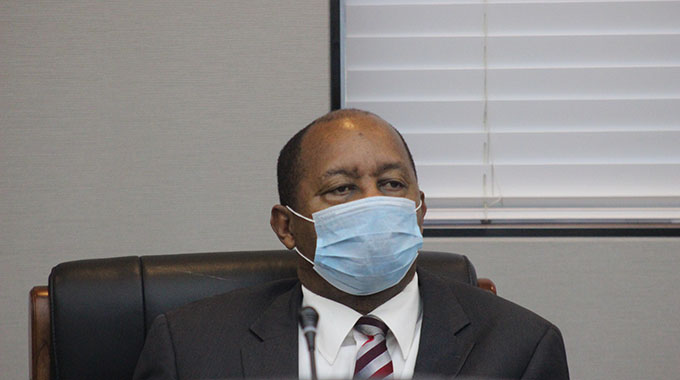Cotton farmers seek US dollar payments

Martin Kadzere
Several Zimbabwean cotton farmers are increasingly worried over the continued depreciation of the domestic currency and want to be partly paid in US dollars during the next marketing season, a survey by Business Weekly has revealed.
Since the country scrapped the 1:1 peg between its quasi currency bond note in February last year, the official exchange rate has sharply declined from 2,5 and is currently fixed at 25.
It is trading at around 65 to 70 on the black market. Prices of most goods and services track the parallel market rates.
Under the circumstances, it would make sense if farmers are partly paid in a more stable currency, which also enable them to save given their earnings are seasonal, the farmers said.
“It is not a secret that prices of goods and services are tracking black market rates and we feel it would be fair if we are partly paid in US dollars like tobacco farmers,” said Gibson Anyiri from Muzarabani, one of the country’s major cotton producing region.
Takemore Matemura, also from Muzarabani said it was critical that under inflationary environment, cotton farmers were paid “in currency that preserves value”.
“Our major source of livelihood is cotton and we only get money once a year,” said Mr Matemura, a beneficiary of the state’s free inputs scheme.
“Paying in local currency, which is losing value almost daily will leave us vulnerable because we will be under pressure to spend before the money becomes worthless.
“What it means is that we can’t save for future purposes like school fees and other social needs.”
Several farmers interviewed in other cotton producing areas such Hurungwe, Gokwe and Mazowe echoed same sentiments and appealed for the Government to look into their situation.
Tobacco farmers are paid 50 percent in foreign currency while the other half is paid in Zimbabwean dollars at the prevailing official exchange rate.
With the exchange rate fixed at 25, farmers are withholding their crop as evidenced by little deliveries of the crop to the tobacco floors. Farmers are also struggling to access hard currency from the local banks.
The cotton season has not yet opened as Government is yet to announce the producer price for this year.
The season normally starts end of April and runs till September.
Last week, the Ministry of Finance and Economic Development said it was considering a subsidy on producer price after world prices plunged due to coronavirus.
The Agriculture Marketing Authority (AMA) chief executive Mrs Nancy Zitsanza told The Herald Finance & Business that “preparations were at an advanced stage” for the intake season, but could not provide specific time. AMA regulates the cotton sector.
“While we appreciate free inputs from farmers, I don’t think there would be many takers next year if the price is not good,” said a farmer from Chiweshe under Mazowe district, who declined to be identified.
“Like tobacco farmers, we are producing a crop that earns foreign currency and we find no reason of not paying us in US dollars. About 90 percent of lint, produced from raw cotton is exported
“Adding distress to the situation is the mode of payment which is largely through mobile money.
“Most farmers are paid using mobile money and are charged up to 50 percent when transacting.
“So effectively, I can only spend about 50 percent of what I get, which is ridiculous,” Sharon Ngirazi, a farmer contracted by a private company in Gokwe said.
Analysts warned that failure to address the situation could lead to “another collapse” of the industry.
Cotton production peaked in 2011 at 352 000 tonnes after global prices shot post world financial crisis but progressively plummeted and in 2015, only 28 000 tonnes were harvested, the lowest in nearly two decades.
This was partly due to low prices and poor funding from merchants.
“Cotton provides livelihoods to thousands of households and anything that may disrupt production of cotton must be avoided,” said Enoch Saramu, an analyst with a local research firm.
Last year, nearly 300 000 farmers were contracted by both Government and private players. While the actual output estimates have not been firms arrived at, preliminary assessment shows production will be better than last year’s 74 000 tonnes despite poor rains.











Comments